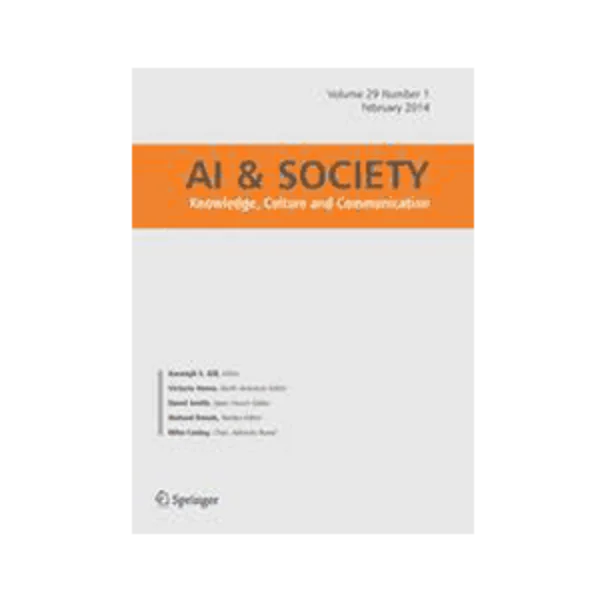-
mapping the cognitive environment of fifth graders: an empirical analysis for use in environmental planning
جزئیات بیشتر مقاله- تاریخ ارائه: 1392/07/24
- تاریخ انتشار در تی پی بین: 1392/07/24
- تعداد بازدید: 1083
- تعداد پرسش و پاسخ ها: 0
- شماره تماس دبیرخانه رویداد: -
this study employs an experiment investigating cognitive mapping of fifth-grade children living in a remote village environment, wherein characteristics of the landscape included paths, landmarks, nodes, edges, and districts. two aspects of analysis were salient in this study. first, important landscape characteristics and their frequency of appearance in the cognitive maps were tabulated and illustrated as a layout map. second, inaccurate cognitive maps were structurally analyzed to account for any incompleteness, distortions, and augmentation of actual environments found in some map samples. focus on gender differences in children’s environmental cognition in terms of symbolic representation skills utilized in cognitive mapping is of special interest in this case study. results confirm piaget’s theory that older children, aged ten or more, begin to use projective and euclidean concepts. furthermore, boys used a greater variety of symbols to represent a particular landscape characteristic, a cultural temple, than did the girls. finally, we hypothesize that the ‘hunter–gatherer’ social divisions of labor between men and women in the village’s early historical social structure are consequentially related to gender discrepancies in cognitive mapping symbolic representation skills, in non-english-speaking children.
مقالات جدیدترین رویدادها
-
استفاده از تحلیل اهمیت-عملکرد در ارائه الگوی مدیریت خلاقیت سازمانی و ارائه راهکار جهت بهبود
-
بررسی تاثیر ارزش وجوه نقد مازاد بر ساختار سرمایه شرکت های پذیرفته شده در بورس اوراق بهادار تهران
-
بررسی تأثیر سطح افشای ریسک بر قرارداد بدهی شرکت های پذیرفته شده در بورس اوراق بهادار تهران
-
بررسی تأثیر رتبه بندی اعتباری مبتنی بر مدل امتیاز بازار نوظهور بر نقد شوندگی سهام با تأکید بر خصوصی سازی شرکت ها
-
تأثیر آمیخته بازاریابی پوشاک ایرانی بر تصویر ذهنی مشتری پوشاک ایرانی (هاکوپیان)
-
بکارگیری میراگرهای سربی- تزریقی (lead-extrusion dampers) درمقاوم سازی و بهبود رفتار لرزه ای پل های فولادی
-
بررسی تاثیرات توسعه گردشگری بر محیط زیست
-
اثرات شوک اسمزی بر تولید بتاکاروتن در ریزجلبک گونه dunaliella salina
-
بررسی تطبیقی ناخود آگاه یونگ و عالم مثال هانری کربن
-
بررسی امکان استفاده از سورفکتانت بجای استفاده همزمان از سورفکتانت و پلیمردر فرایند ازدیاد برداشت شیمیایی
مقالات جدیدترین ژورنال ها
-
مدیریت و بررسی افسردگی دانش آموزان دختر مقطع متوسطه دوم در دروان کرونا در شهرستان دزفول
-
مدیریت و بررسی خرد سیاسی در اندیشه ی فردوسی در ادب ایران
-
واکاوی و مدیریت توصیفی قلمدان(جاکلیدی)ضریح در موزه آستان قدس رضوی
-
بررسی تاثیر خلاقیت، دانش و انگیزه کارکنان بر پیشنهادات نوآورانه کارکنان ( مورد مطالعه: هتل های 3 و 4 ستاره استان کرمان)
-
بررسی تاثیر کیفیت سیستم های اطلاعاتی بر تصمیم گیری موفق در شرکتهای تولیدی استان اصفهان (مورد مطالعه: مدیران شرکتهای تولیدی استان اصفهان)
-
امکان سنجی استقرار استاندارد ایزو 21001 در سیستم آموزش کارکنان مطالعه موردی سازمان آموزش و پرورش استان ایلام
-
ضرورت و چگونگی تحول در آموزش مدرسه ای با تاکید بر نقش معلم
-
تاثیر عوامل مدیریتی بر افزایش بهره وری کارکنان کم سابقه
-
selection of the optimal fbg length for use in stress-strain state diagnostic systems
-
parental socio-economic status and e-crime among the undergraduate students of universities in south-west of nigeria




سوال خود را در مورد این مقاله مطرح نمایید :